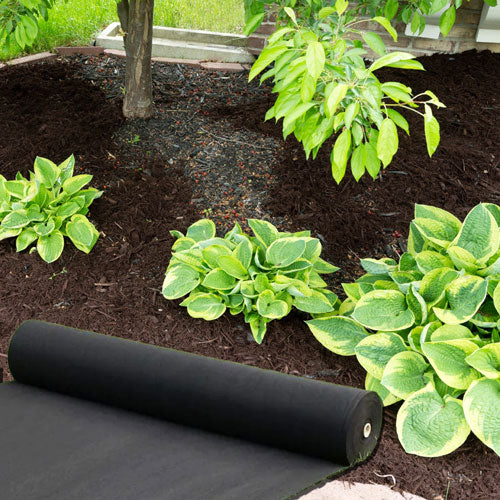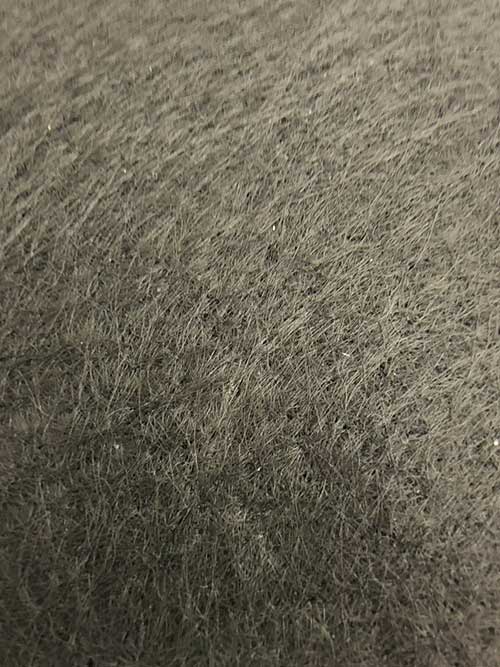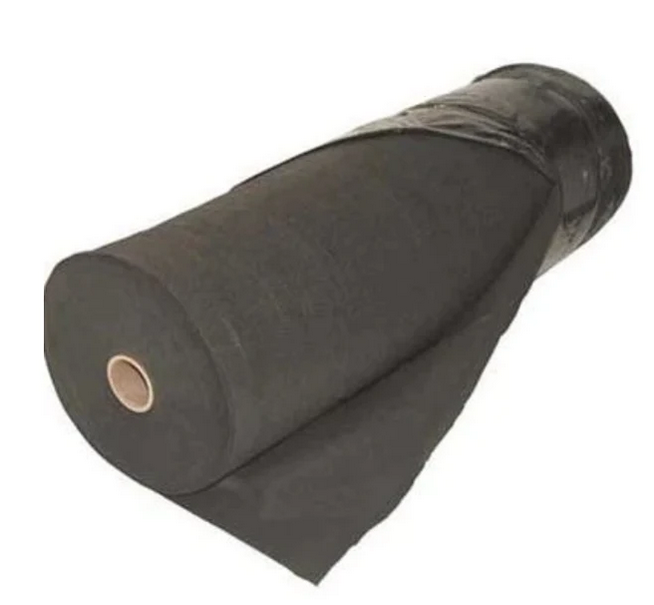Felt Landscape Fabric
FREE SHIPPING
Landscape felt is crucial in keeping a separation layer between the soil below and your project. The felt landscape fabric is designed to be placed in gardens, flower beds, and washouts to help prevent the spread of weeds.
This geotextile planting fabric is permeable letting water pass through enabling existing plants to get the nutrients they need. The fabric works to block weed spreading by preventing the weed seeds under the fabric from getting proper sunlight to germinate. By preventing germination, the landscape fabric acts as a weed block in your landscape. Our felt landscape fabric is commercial grade and is used by professionals in both residential and commercial applications.
This fabric is easy to install and can be easily cut with either construction scissors or with a razor knife.
We offer multiple roll sizes and weights to match your project’s needs.
Looking for landscape staples? Click here>
Staples are sold separately.











